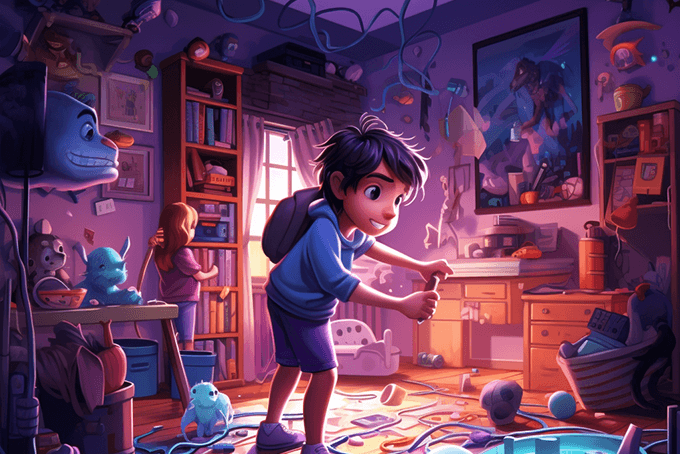Knowing something well enough to use in the real world is different from knowing it well enough to get a high score on a test. Tests play an important role, but the key to real world competence is to get a “feel” for the skill or subject area.
So what does this mean? And how do we do it?
Get it in your feelings
Many years ago I participated in a leadership development workshop with an instructor who was not well educated but was a fabulous teacher. His mantra about anything that we were trying to learn was “get it in your feelings.” Initially I had no clue what he meant, but that notion has stayed with me over the years, and it makes more and more and more sense.
He said that when we had a concept or skill in our feelings, we would be able to use it naturally when we needed it, even if we could not always explain it fully.
Scientists are finally beginning to explain what my instructor was saying all those years ago. One term scientists use is “hot cognition.” This means that part of the way we understand something is the way that we relate to it emotionally. That is why it is so important for students to link what they study to what they are interested in or care about.
I knew an elementary teacher once who could do this beautifully. For instance, on one occasion she was using the notion of “water” as a theme, but one student just wanted to write about her cat. So my friend Ellen simply asked questions like “does your cat every get thirsty?” and “does she like to get wet?” Write about that.
Another term that scientists now use is “embodied cognition.” In part this means that we come to know something with our whole body – from the way we move and breathe to the way we act in the real world. When we connect emotionally and use our body, we get concepts and skills in our feelings.
How do we do it? Use a goal-based scenario.
An extremely powerful strategy that uses body, brain, emotions and mind from the very beginning is what Roger Schank calls a “goal-based scenario.” It’s a very simple real world project. The project must have a meaningful purpose, and a meaningful time line. It needs to call for action that will produce some type of result, so there is feedback. It takes place in a meaningful scenario . But it does NOT need to be very risky.
In chapter 6 of my e-book on The Key to Powerful Learning, I use, as an example, a course on accounting for business executives. In that course, the instructor invites the participants to pretend be 14 again, and run a lemonade stand! It’s very simple, and yet many of the fundamental concepts of accounting are used.
Another real-world example is learning to understand a concept like “savings.” We can read about it and use some math and talk about savings. But assisting a child to open a bank account and deposit a bit of money each week and withdraw some of it to buy something special gives a whole new meaning to what savings are and how they work.
In each case, every aspect of a person is working together to understand something new or develop a new skill.
The projects are not always neat and orderly because in the real world there is always more happening than we plan for.
Bottom line
Make it the goal-based scenario relevant. Keep it simple enough to be manageable. Take your time. Play it out. ENJOY IT. Get useful feedback. And when you do all of that, you are on the way to getting it in your feelings, and really knowing it.
Grab a free sample of Geoffrey Caine’s new book!



